We’ve all grown up hearing sayings like “wise as an owl,” “lazy as a sloth,” or “sneaky as a weasel.” But how many of these animal stereotypes are actually based in fact?
In this article, we explore 12 of the most well-known animal clichés and uncover what science really says about them. Some may surprise you more than you think!
Owls have long symbolized wisdom, dating back to ancient Greece where they were associated with the goddess Athena. But their oversized eyes—often mistaken for a sign of intelligence—are simply adaptations for night vision. In truth, owls are no smarter than other birds, and are easily outclassed in problem-solving by crows and ravens.
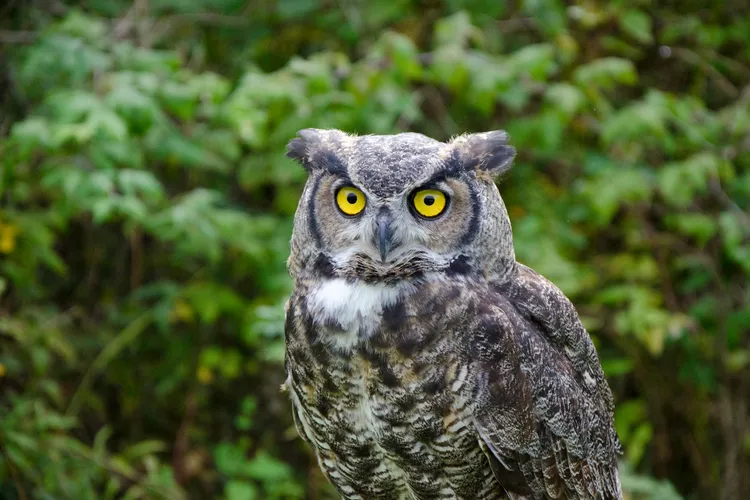
Yes—this one’s actually true! Elephants have large brains and demonstrate impressive memory skills. They can recognize individuals even after years apart and remember the locations of water sources. Matriarchs in herds pass on vital knowledge, and some Elephants-Are-Endangered.html">elephants even show signs of mourning lost companions.

Pigs get a bad rap for their eating habits, but they’re not gluttons. While they may appear messy or loud when eating, pigs generally consume only what they need. The stereotype likely comes from their omnivorous diets and the sounds they make during mealtime—not from any excessive behavior.
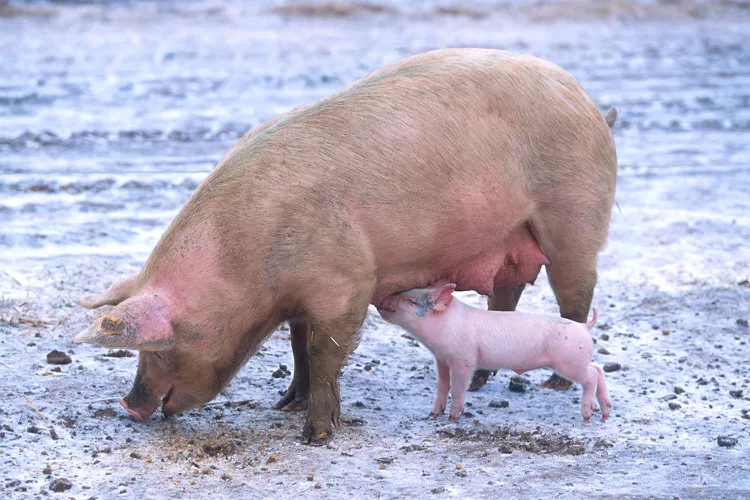
Yes, but not all of them. While some termites specialize in wood, others prefer leaves, grasses, or even feces. Those that do eat wood rely on gut microorganisms to break down cellulose. Interestingly, termites also release methane as they digest, contributing to global greenhouse gas emissions.
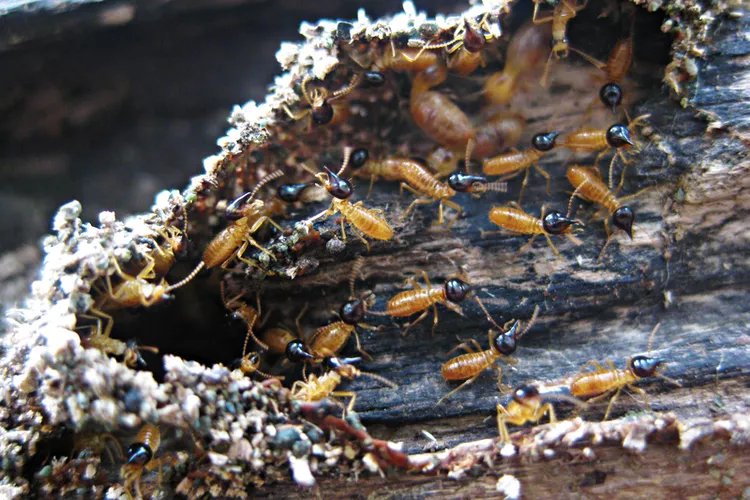
No—this is a myth popularized by a 1950s Disney documentary that staged footage of lemmings jumping off cliffs. Lemmings aren’t suicidal; they’re just prone to population booms and risky migrations. Accidental deaths during these movements have been misunderstood for decades.
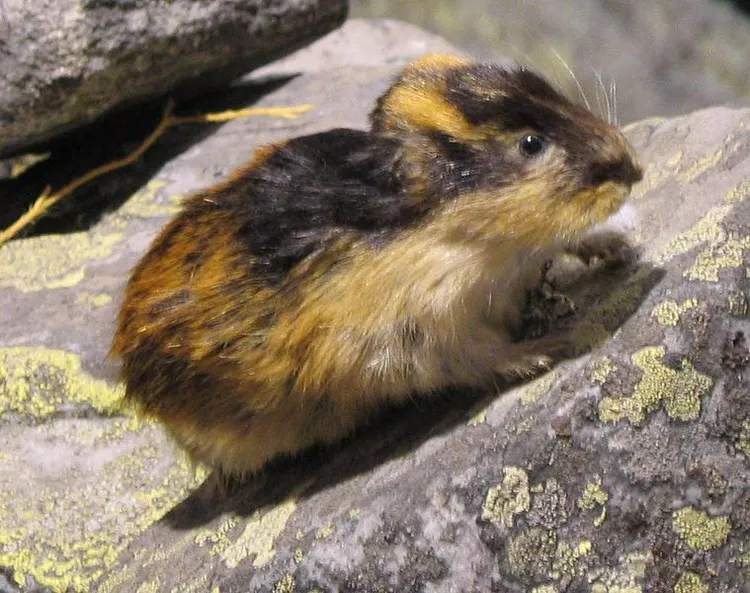
Ants are often described as industrious, like in Aesop’s fable "The Ant and the Grasshopper." But ants don’t “work hard” by choice—they’re simply programmed by evolution to perform specific tasks. Their behavior is driven by instinct, not willpower or dedication.

Sharks aren’t ruthless killers—they’re just effective predators. Some can detect tiny amounts of blood in water (1 part per million), but feeding frenzies are triggered by more than just blood. The movement of prey and the presence of other sharks also play a role.
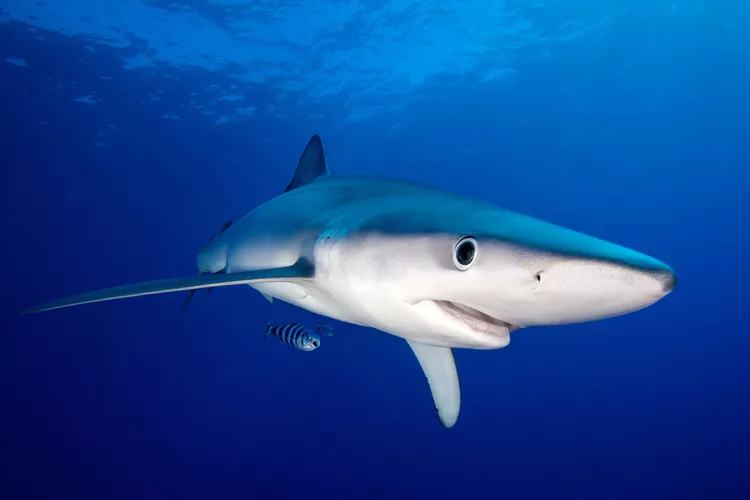
Surprisingly, yes. The expression “crocodile tears” refers to insincere emotion, but crocodiles do shed real tears. These tears keep their eyes moist, especially on land. The physical act of eating may also stimulate tear ducts due to their jaw structure—not emotion.

Doves are no more peaceful than other birds. Their peaceful image comes from their white feathers, often associated with surrender or purity. Ironically, their close relatives—pigeons—have been used in warfare for centuries, including both World Wars.

Weasels are agile and can slip through tight spaces, but that doesn’t make them deceitful. The negative reputation likely stems from their tendency to raid poultry farms. In truth, their behavior is no different from any other small predator trying to survive.
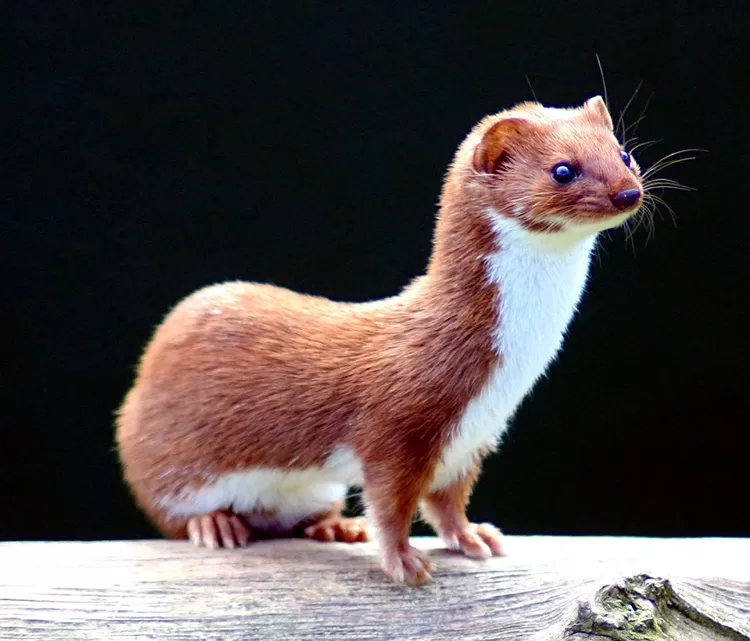
Sloths are slow, but not lazy. Their metabolism is naturally low, and their movement is energy-efficient by design. Sloths simply don’t have the physical capability to move quickly. Their slow pace is a survival strategy—not a character flaw.
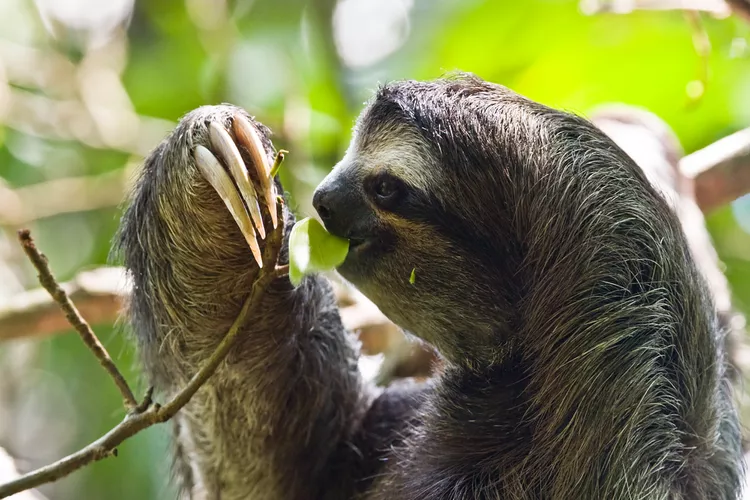
Blame Disney for this one. Hyenas may look menacing and sound unsettling, but they’re intelligent, social animals with complex pack dynamics. They're no more “evil” than lions or wolves—they’re just doing what it takes to survive in the wild.
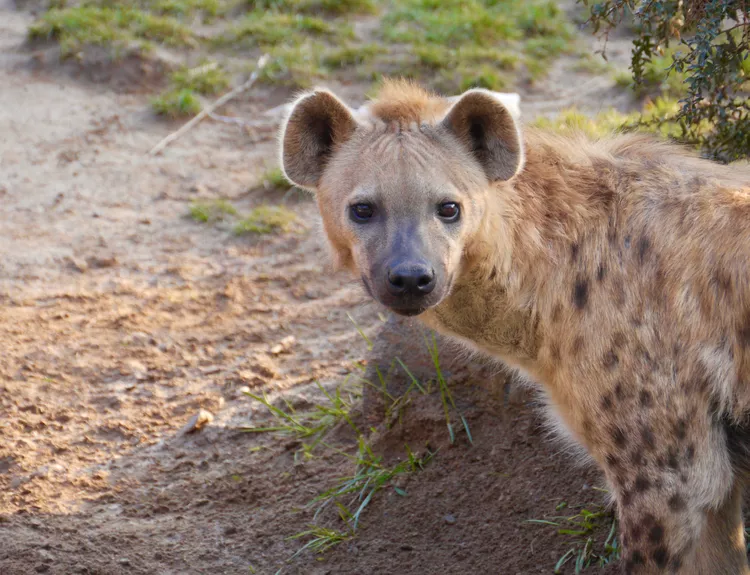
Conclusion
Animals aren’t heroes or villains. Much of what we think we know about them comes from human imagination, not biology. By separating fact from fiction, we gain a clearer, more respectful understanding of the natural world.
animal tags: Animal-Stereotypes
We created this article in conjunction with AI technology, then made sure it was fact-checked and edited by a Animals Top editor.